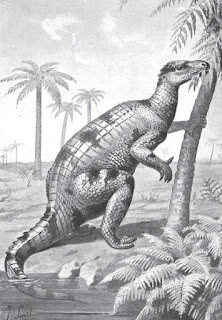Dragonflies were one of the first flying creatures to evolve, about three hundred million years ago. They have remained mostly unchanged during all this time. Although They are the most primitive of winged Insects, Dragonflies are the most efficient fliers. Their wings move independently allowing the Dragonflies to stop in midair, change directions, and fly backwards. Very few Birds can out-fly or hunt down Dragonflies.
Dragonflies are the Hawks of the Insect World. They swoop down from a perch and take an unsuspecting Insect by surprise. Effective hunters, Dragonflies snatch their prey in midair and devour them.
The Dragonflies teaches how you can refine your skill, and be more than you are.
"When we've tricked ourselves into believing our limits prevent us from changing and growing, Dragonfly teaches us to pierce our self-created illusions. Dragonfly helps us to gain power through dreams and goals. Dragonfly asks us to look through the illusions, to become all we can be." Copyright: Unknown.
Dragonfly's Teachings Include:
"Dragonflies symbolize whirlwind, swiftness and activity. In Japan, Dragonflies represent new light and joy. Dragonflies remind us that we are light and can reflect the light in powerful ways if we choose to do so." Copyright: Unknown.



